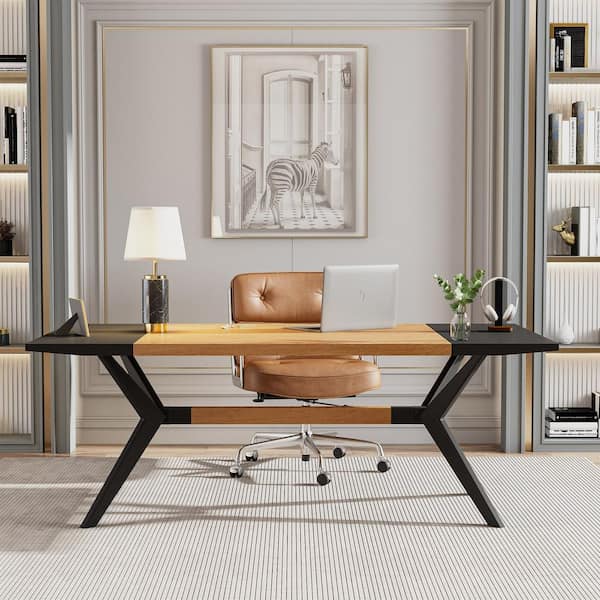Update Your Furniture with Stylish Dining Room Table Legs
Update Your Furniture with Stylish Dining Room Table Legs
Blog Article
A Thorough Look at Table Leg Styles: Discovering the Suitable Match
Picking the ideal table leg design is important for both aesthetic allure and functional capability. Standard four legs provide ageless beauty and stability, while the stand base supplies increased legroom and a contemporary look. For those with larger tables, trestle legs make sure strong support, whereas barrette legs introduce a mid-century modern vibe with their minimalist design. The x-shaped legs blend modern style with enhanced security. Each of these choices brings special benefits, making the option greater than simply a matter of preference. Explore additionally to find which design completely enhances your eating room and way of living.
Conventional 4 Legs
Among the different types of table leg designs, the conventional four-leg style continues to be a timeless choice for lots of homes. This classic arrangement uses an unified blend of functionality and aesthetics, making it a perennial fave. 4 legs offer well balanced support, making certain the table stays secure and with the ability of bearing considerable weight. This is specifically helpful for homes that regularly host large gatherings or use their eating table for several purposes, such as job or crafting.
From an aesthetic point of view, the traditional four-leg layout can be conveniently adapted to numerous indoor designs. Whether crafted from timber, steel, or a mix of products, these legs can be intricately carved, smooth and minimalistic, or anything in between. Their versatility enables them to complement both rustic and contemporary settings perfectly.
Moreover, the uncomplicated structure of the four-leg layout assists in simplicity of movement and positioning within an area. Unlike even more facility bases, this design lessens blockages, providing ample legroom for diners. In summary, the traditional four-leg eating table leg design weds sustaining beauty with practical performance, making it an astute option for those seeking both kind and function in their eating furniture.
Pedestal Base
Usually celebrated for its classy and space-efficient style, the stand base is a prominent alternative to the conventional four-leg configuration in dining table leg styles. Without corner legs, diners are paid for better freedom of movement, making it an ideal selection for round and oblong tables that advertise even more intimate and comprehensive events.
The central column itself supplies a canvas for complex styles and artistic expressions, adding a component of visual rate of interest underneath the table. In recap, the pedestal base incorporates performance with design, making it a refined and practical choice for diverse dining environments.
Trestle Legs
Trestle legs give a robust and ageless structure for eating tables, identified by their straight cross-bracing and tough assistance beam of lights. Stemming from medieval times, this layout has actually developed yet maintained its vital structure, making it a seasonal favorite in both traditional and contemporary settings. The main trestle beam of light, frequently supported by 2 or even more vertical posts, uses phenomenal security, enabling bigger table sizes without the need for extra legs.
A substantial benefit check here of trestle leg tables is the enough legroom they supply. Unlike tables with four edge legs, the lack of blockages at the table's sides provides unobstructed space for chairs and diners, improving convenience and accessibility. This makes trestle tables suitable for fitting bigger events, whether in an eating area or a banquet hall.
The aesthetic flexibility of trestle legs is noteworthy. Readily available in a selection of products such as wood, metal, and composite, they can be completed to enhance a large range of indoor designs. From rustic farmhouse to sleek modern-day layouts, trestle legs can be customized to fit private tastes. Their enduring charm and useful benefits make trestle legs an engaging selection for those seeking both design and functionality in their eating table.
Barrette Legs

The charm of hairpin legs hinges on their simpleness and adaptability - dining room table legs. Readily available in a series of products, consisting of steel and brass, they can be ended up in countless colors to enhance different indoor designs. Whether coupled with a rustic wood tabletop or a modern glass surface area, hairpin legs easily mix performance with a touch of classic appeal
Toughness is an additional notable function of barrette legs. In spite of their delicate appearance, these legs are engineered to birth substantial weight, making sure the table remains stable and protected. In addition, they are reasonably simple to set up, making them a preferred selection for DIY fanatics and expert furniture makers alike.
X-Shaped Legs

Built from products such as steel, wood, or a combination of both, X-shaped legs can be tailored to match different design preferences. Steel legs commonly lend a smooth and industrial feeling, ideal for loft-style apartment or condos and modern dining areas. On the other hand, wood X-shaped legs supply a warmer, extra rustic appeal, ideal for farmhouse or diverse interiors. The convenience in products enables home owners to read more personalize their dining tables to better fit their overall design scheme.
In addition, the engineering behind X-shaped legs ensures even weight distribution, decreasing the risk of tottering and improving resilience. This makes them specifically appropriate for larger dining tables that call for added assistance. Basically, X-shaped legs mix useful design with modern-day visual appeals, making them an ageless choice for varied eating settings.
Final Thought
An extensive understanding of eating table leg designs reveals the unique qualities and benefits of each style. Trestle legs guarantee durable support for bigger tables, and hairpin legs introduce a mid-century modern-day visual.
Report this page